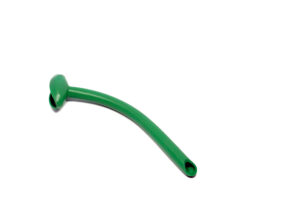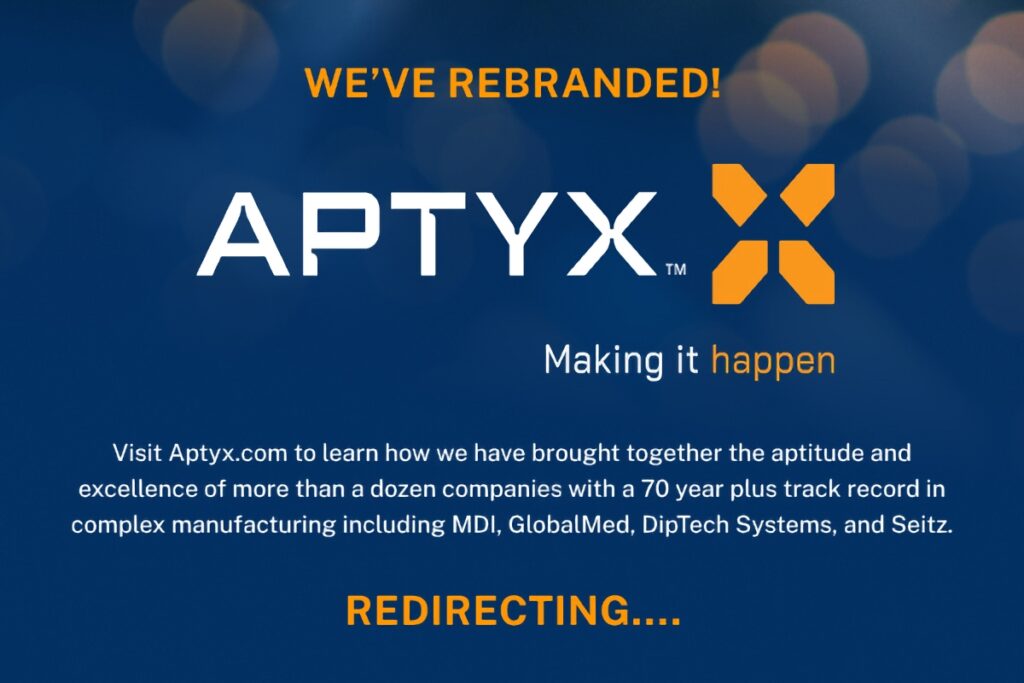Different processes are available to manufacture plastic parts for medical, commercial and industrial applications. Among the options are injection molding and extrusion.
The primary difference between the two: Injection molding produces complex three-dimensional shapes, while extrusion creates continuous linear two-dimensional shapes.
Both processes offer benefits, so we consider them, in turn, to help you determine whether injection molding or extrusion best suits your application needs. We also provide an example of a product that can be produced using either method.
Injection Molding
Molten material—typically thermoplastic polymer—is injected into a mold to create a solid shape. Once cooled, the mold is opened and the finished part is extracted.
Molding is ideal for creating complex shapes with precise details. Injection molding typically has a higher starting cost given the relative complexity of the mold, but the process creates a finished product without the need for secondary processing.
Common examples of injection molded plastic are three-dimensional objects, such as gears, surgical instrument handles and other components.
Extrusion
Material is heated and forced or extruded through a die, which forms the shape of the product. This creates a continuous form that can be manipulated before being cooled and cut to length.
Extrusion is ideal when a uniform diameter but a variety of lengths is required. By producing stock with a continuous production process, setup and die costs are lower compared to injection molding, given a unique mold would be required for each length.
A common application for plastic extrusion is tubing used in medical devices.
Either Process
One example of a product that can be injection molded or extruded is a nasopharyngeal airway, a flexible tube with one flared end and another beveled that is inserted into the nose to aid airway management.
 This part can be injection molding with no secondary processes, reducing part costs. The need to build and qualify the mold, however, requires more time and results in higher upfront costs.
This part can be injection molding with no secondary processes, reducing part costs. The need to build and qualify the mold, however, requires more time and results in higher upfront costs.
For extrusion, the part is manufactured straight and then the curve and other features are added through secondary processes. Part costs are higher but upfront costs are lower and less time is required.
Why Choose MDI
At MDI, we use scientific principles to develop our injection molding and extrusion process parameters. This allows for a more robust process window, improved product quality, reduced scrap rates and, ultimately, lowers manufacturing costs.
Precision design, quality materials, and production efficiency allow us to produce a number of medical components and devices for companies across the United States and world. We offer most thermoplastics, including polyurethanes, nylons, polycarbonates, polypropylenes, polyethylenes acetal and custom-blended material. Every stage is executed according to strict clean room standards for medical device production.
MDI is committed to the needs of our customers. We offer both small lot sizes and large production runs. No matter the size of your project, our team is dedicated to exceeding expectations.
Call us today at 1-800-211-9897 or use our contact page, and we will respond within one business day to help you get your project started.


Recent Comments